Don't wanna be here? Send us removal request.
Text
the politics of light and dark are everywhere in our vocabulary…psa to writers: subvert this, reveal whiteness and lightness as sometimes artificial and violent, and darkness as healing, the unknown as natural
248K notes
·
View notes
Audio
Wii Shop Channel | Nintendo Wii (2006)
55K notes
·
View notes
Text
NASA has released new images of Jupiter, taken by the Juno Spacecraft.







456K notes
·
View notes
Photo

A guy posted this on our discord group, I think is worth sharing a bit of the word of God Shaggy. I don’t know who made this in first place, so if I’m breaking some rules or someone claim to do this, please contact me and I’ll do what’s needed. Source: http://bit.ly/2S4CJAL
785 notes
·
View notes
Text
Fun Fact:
Do you want to watch your YT video while on being different applications or tab? Try this. This will put a stop to those split window viewing days.
Right click twice on the video and select [Picture in picture]. It should bring a popup page of the video that you can move around and rescale. The video stays up when on another application.
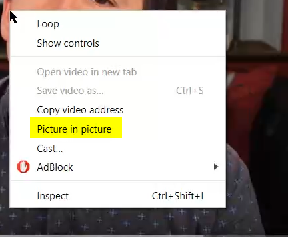
It should look like this:
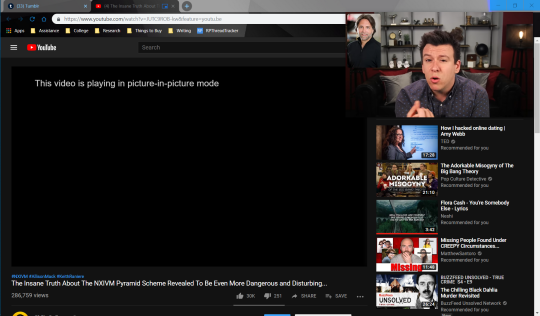
and also this:
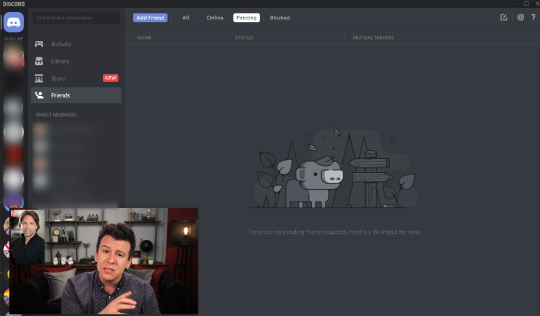
Enjoy.
92K notes
·
View notes
Text

Tenshi no tamago- 1985
(I deleted this by accident lol)
2K notes
·
View notes
Text
Things I learned in the first year of marriage
1. People need time apart. It doesn’t mean they love you any less.
2. Communication is important, but is second to understanding.
3. Learning to forgive is good. Learning to apologize is better.
4. You will do and say toxic things. Learn and grow. Be better.
5. Your relationship will be better when you learn to be friends first and lovers later.
6. Learn about your partner’s hobbies. Encourage them. Keep your own.
7. You don’t have to do everything together.
8. You aren’t going to cuddle every night. It’s ok.
9. You’re going to have off days. There’s going to be days that feel bad and wrong. They will pass.
10. There are things you should forgive. There are things you shouldn’t. Learn the difference. Know your boundaries.
11. Mind games are never a good idea. Communicate your expectations and desires.
12. Pets make (stable) households happy.
13. Learning to cook a favorite meal of your partner will mean everything to them.
14. You are two different people. You have different ways of saying, “I love you.”
15. Patience is important.
16. Your partner is human. So are you.
17. Take turns picking music and movies.
18. Lift each other up.
19. It won’t always be 50/50. Sometimes you will need more. Sometimes they will need more. Always try to give more than you receive.
20. People will disappoint you. You will disappoint people. It isn’t that big of a deal.
194 notes
·
View notes
Text
Working with a Large Cast of Characters

Every once in a while, I work with a writer who tells me they are worried they have “too many characters” in their novel. In some cases, this might be true, but from my experience, most of the time, this is actually a slight misdiagnosis. The problem isn’t the number of characters, it’s how the characters are handled.
Readers can surprisingly remember a lot of characters. Like usual, I’m going to point to Harry Potter as an example (really, is anyone surprised? 🙃). Even if you are only looking at the first book (which is the shortest), the audience is still interacting with a lot of characters. You have not only Harry and his family, but his close friends, other students, the faculty, non-faculty residents of the castle (like Nearly Headless Nick and Firenze), the Weasleys, and even pets (Hedwig, Scabbers, Trevor, Fang, and Norbert), not to mention off-page characters, like Lily and James.
So how do we make a big cast of characters work?
First, consider if your story actually benefits from a large cast of characters. Some genres and settings do not. You obviously don’t want to put a lot of characters in Gary Paulsen’s The Hatchet. It doesn’t work with the premise and setting. Other stories and premises almost beg for a big cast–stories that have a lot of worldbuilding and societal aspects. But I think the average person can deduce whether their story could actually have (or needs) a large cast.
A lot of the tips in here can really apply to any size of cast of characters, but they are particularly important for large casts.
Pick the Right Character Names

For sure one of the best ways to confuse your audience with your large cast is to use names that are difficult to differentiate. After all, we are dealing with reading and writing, so that is visually what the audience is looking at.
Watch for these qualities:
Rhyming names - This might sound like a good idea (and you might even point at Tolkien as a reason to do it), but you should almost never use rhyming names. It makes it harder for the audience to see those characters as individuals. People may be tempted to do this with twins (which feeds into the “Twins as Clones Epidemic”), particularly if the twins are “clones,” which in that case, they should probably be combined into one character anyway.
Look or Sound Similar - Beyond rhyming, you should really be watching out for any names that may be similar on the page. Cognitively, we often notice the first and last letters–and especially the first. Beyond that, we notice the length and syllables. If you introduce two side characters around the same time and they both have H-names that are short, like “Henry” and"Harry,“ it will be more difficult on the audience.
Too Many Common/Traditional Names - Some names are just common and traditional. Which isn’t bad in and of itself of course, but they can sometimes be difficult to differentiate when there are a lot of them all at once for side or minor characters. “Tom,” “John,” “Joe,” “Robert,” “David,” and “Michael” are some examples. Fine names, but if you have a bunch together, you’ll need to differentiate using other methods.
Also:
Stick with the Same Name - If you are worried about people not keeping track of your characters, try to call the characters by the same name every time. For example, you might introduce one character as Alfred Johnson, and then sometimes call him Alfred and sometimes call him Johnson, and maybe he’s also a fireman, so sometimes you call him “the fireman.” Instead, almost always use one name, like Alfred. (Note: this may not be a problem with all stories, but it will help with a large cast in particular.)
Note: Use an usual name to make a character stand out. But also keep in mind that if it’s too difficult to pronounce, it may also be difficult to remember, since the reader may just scan over it.
If you do have characters with similar names, make sure to differentiate other characteristics and try to introduce them in completely different scenes. Also, the more important the character, the more likely you can get away with similar names, because the more differentiated they will be.
Learn more on picking character names here.
Use Character Tags

Character tags are words or descriptions repeatedly used in association with a character. The great thing about character tags is that, for the reader, they immediately bring that specific character back into their mind, with very little work. In A Series of Unfortunate Events, Count Olaf is tagged with having a unibrow, shiny eyes, and a tattoo of an eye on his ankle. All of his henchmen are tagged too. One has two hooks for hands. One is androgynous. Another is bald. The sisters use white powder on their faces. In fact, in the series, most of the characters are over-tagged simplistically to make them more into caricatures, which suits the kind of “unreality” the author is working in. But this sort of thing works of any kind of story.
For a tag to be effective, make sure it is specific and not generic or vague. For example, you probably don’t want to tag a female character with long hair–a lot of women have long hair, so it’s not memorable (unless in the worldbuilding long hair isn’t allowed). The best details to pick as tags are the things that are most noticeable about that character–that’s what the viewpoint character is going to notice first anyway. This post talks all about picking the right details.
Note: Character tags don’t always have to be physical descriptions. They can be demeanors or dominating personality traits–you may use words like “cute,” “greedy,” “whiny,” but almost always the tags include some physical description. In Harry Potter, Ernie Macmillan is tagged with the word “pompous.” But this brings me to the next section …
Choose Specific Demeanors and Dominating Emotions

There are some people in the world who walk in the room, talk to you for a few minutes, and you immediately get a sense of who they are. This effect can be especially helpful with large casts.
Keep reading
172 notes
·
View notes
Text
pokemnon
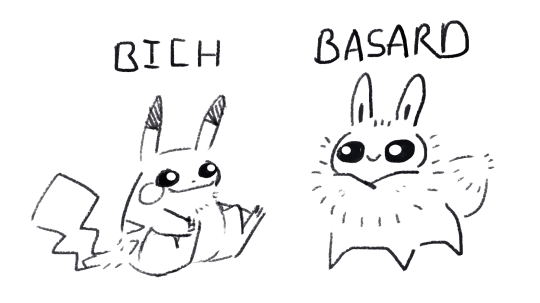
For The Nintendo Switch™
93K notes
·
View notes
Photo
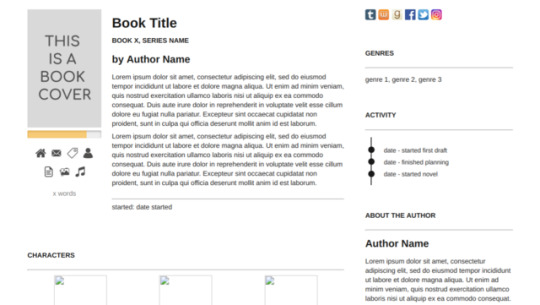
Goodreads WIP Page Theme | preview | code
This is so detailed that I’m pretty sure it’s over the top… Have fun!
page features…
quick guide to html / css for personalisation (guides in the code for more specific stuff)
book cover, description, genres
progress bar
links to other relevant pages & social media links
activity timeline (book started, draft started, draft finished…)
about the author
characters (with icons and descriptions)
worldbuilding &faq
other wips (sliding menu of book covers with links to wip pages)
quotes & trivia
guide to adding more sections!
1K notes
·
View notes
















